Tayside passengers face seven years of travel disruption as railway engineers electrify the east coast line, demolishing scores of local bridges.
Network Rail is planning huge changes to the line to allow engineers to install overhead electric powerlines.
Six overline road bridges in Broughty Ferry alone require an upgrade – two of them facing demolition.
Historic listed bridges – such as the footbridges at Invergowrie and Arbroath stations and the Sailing Club footbridge leading to the beach at Broughty Ferry – face demolition and reconstruction.
Network Rail has also drawn up plans to build a ‘feeder station’ for the new electric trains between Riverside Avenue and the line between Dundee and Invergowrie.
Engineers will lower the track in the Dock Street Tunnel in Dundee, likely leading to further disruption on train journeys through the station.
Network Rail hope to begin work next year and finish in 2029, according to a project outline the company has lodged with councils to give them “context” on the “whole project.”
45 bridges over east coast line face demolition to enable train electrification
The plan involves rebuilding 24 bridges across the line and demolishing 21 completely. A total of 152 bridges and 16 stations will require some kind of work.
The overhead powerlines for electric rail can reach up to 9m above the track.
Leading Dundee University academic Professor Sir Philip Cohen has lived next to the footbridge at Invergowrie Station for 50 years.
Sir Philip said his home, between the river and the station, could be “cut off” if work is done concurrently on nearby bridges.
“It will be a huge nuisance. If they are going to do this work then it should be done as quickly as possible,” he added.
Teams will work “concurrently across the geographical extent of the route” with road closures and train service disruptions expected throughout.
St Leonards Road bridge next to Perth station will also require an upgrade.
Network Rail planners say Broughty Ferry and Arbroath Stations will face the “greatest level of change”, with the latter seeing its listed lattice footbridge replaced and level crossing closed.
Lib Dem Ferry councillor Craig Duncan welcomed news of the plan to electrify the line and said he hoped it would lead to more trains leaving from his local station.
“However a project of this magnitude will require careful and sympathetic consideration to manage its effect on traffic,” he added.
“And to ensure the work is in keeping with the history and heritage of Broughty Ferry.”
Level crossings at Pitcoag in Perth and Forgandenny in Angus will also shut permanently, under the plans.
Network Rail say they are still working on east coast train electrification plan
A Network Rail spokesman said the plans submitted to councils were not final.
He said the track operator is “currently developing options for decarbonising Scotland’s passenger railway, including potential future electrification of the line between Dunblane and Aberdeen”.
He said documents submitted with the relevant councils are part of the overall assessment process.
“Ongoing ground and site investigation work across the route are informing the proposals,” he added.
“We are not yet in a position to confirm what, if any work is required on specific structures or bridges.
“We will fully engage with the community when plans have been agreed.”
The overall construction process is expected to take “approximately six to seven years”, according to the plan.
Electrification of train lines across Scotland
The Scottish Government plans to decarbonise train travel in Scotland by 2035. Around a quarter of the track in Scotland is already electric.
Engineers electrified the main Glasgow to Edinburgh line in 2017. Glasgow Queen Street High Level closed for a 20-week period in 2016 as engineers completed the work.
Electric trains produce between 20-35% less carbon than diesel trains. They have the potential to be carbon neutral as energy supply shifts to renewables.
Rail bosses also hope to increase the amount of electric freight on the east coast line, further reducing carbon emissions.
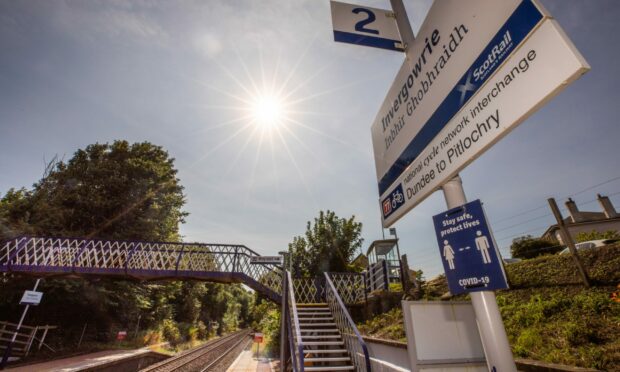
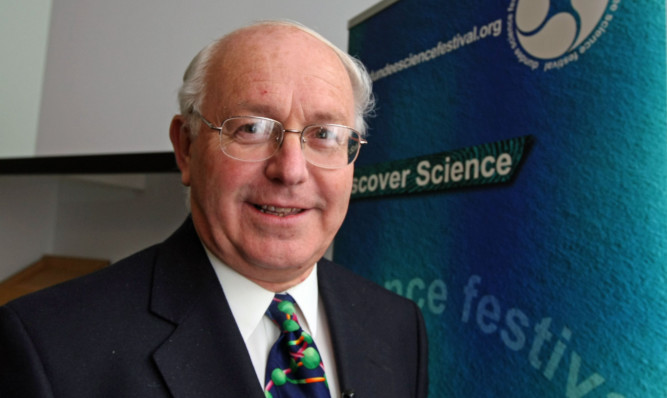
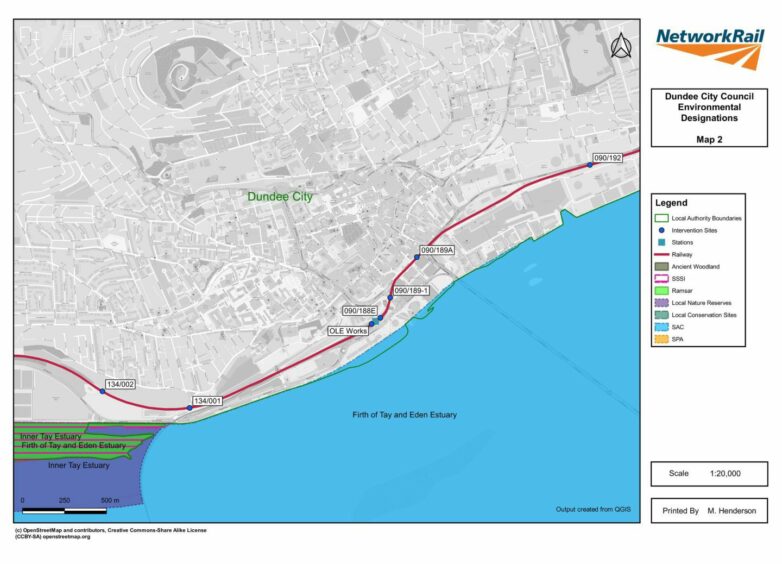
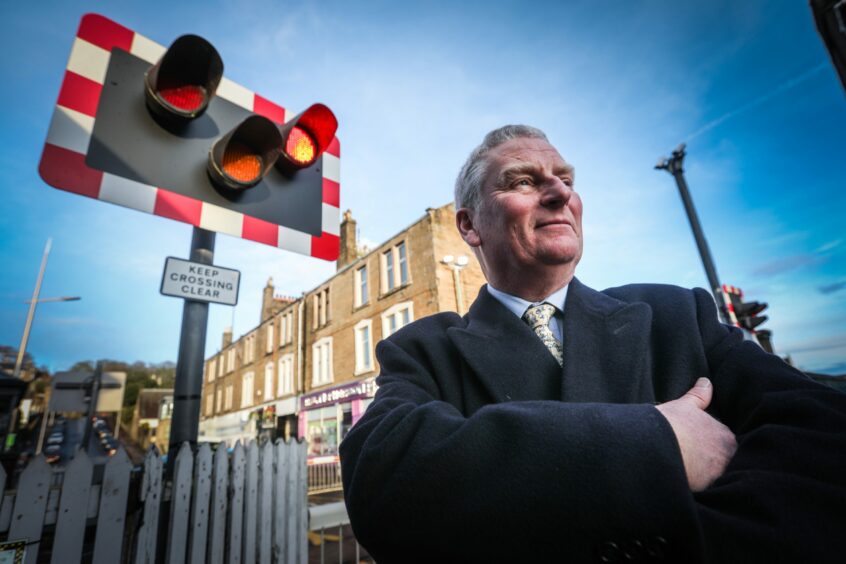
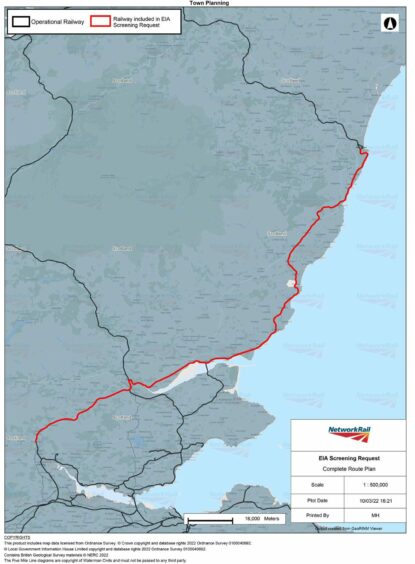




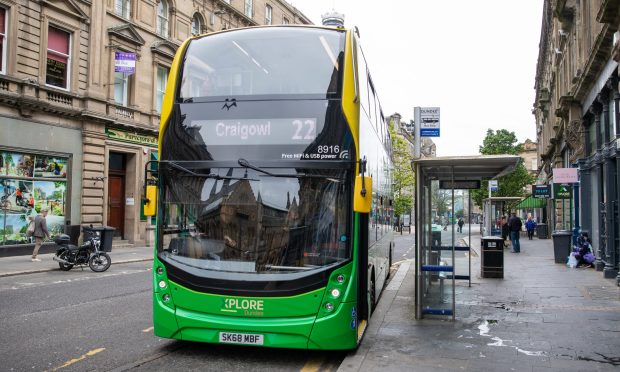
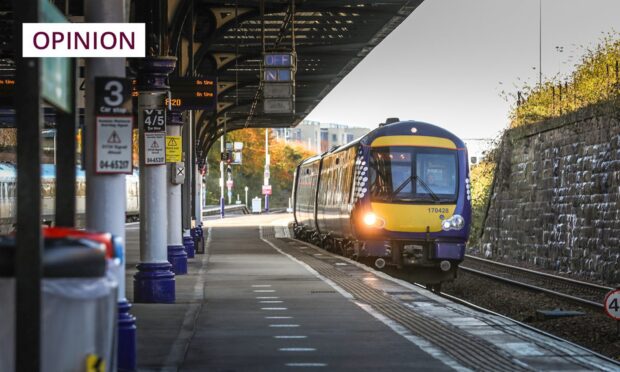

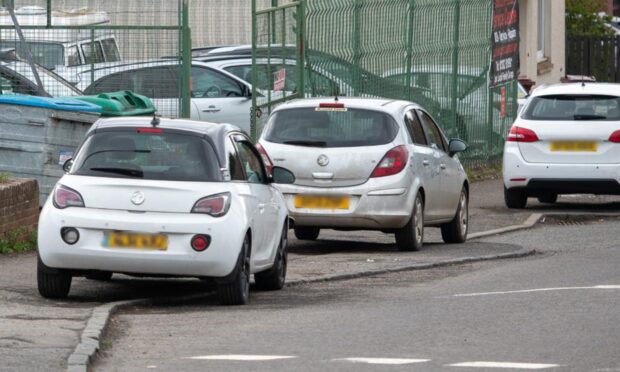
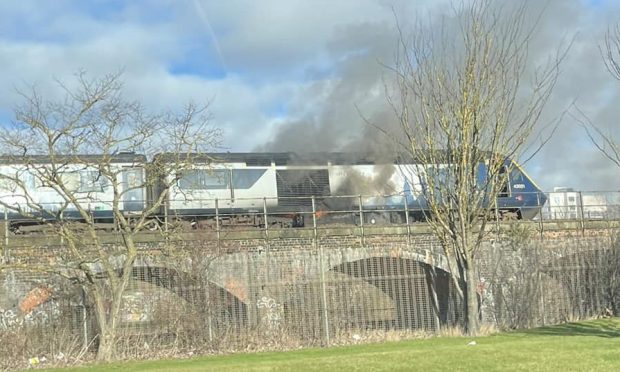
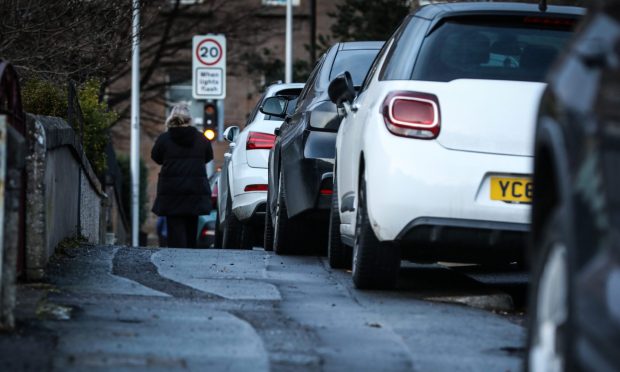
Conversation